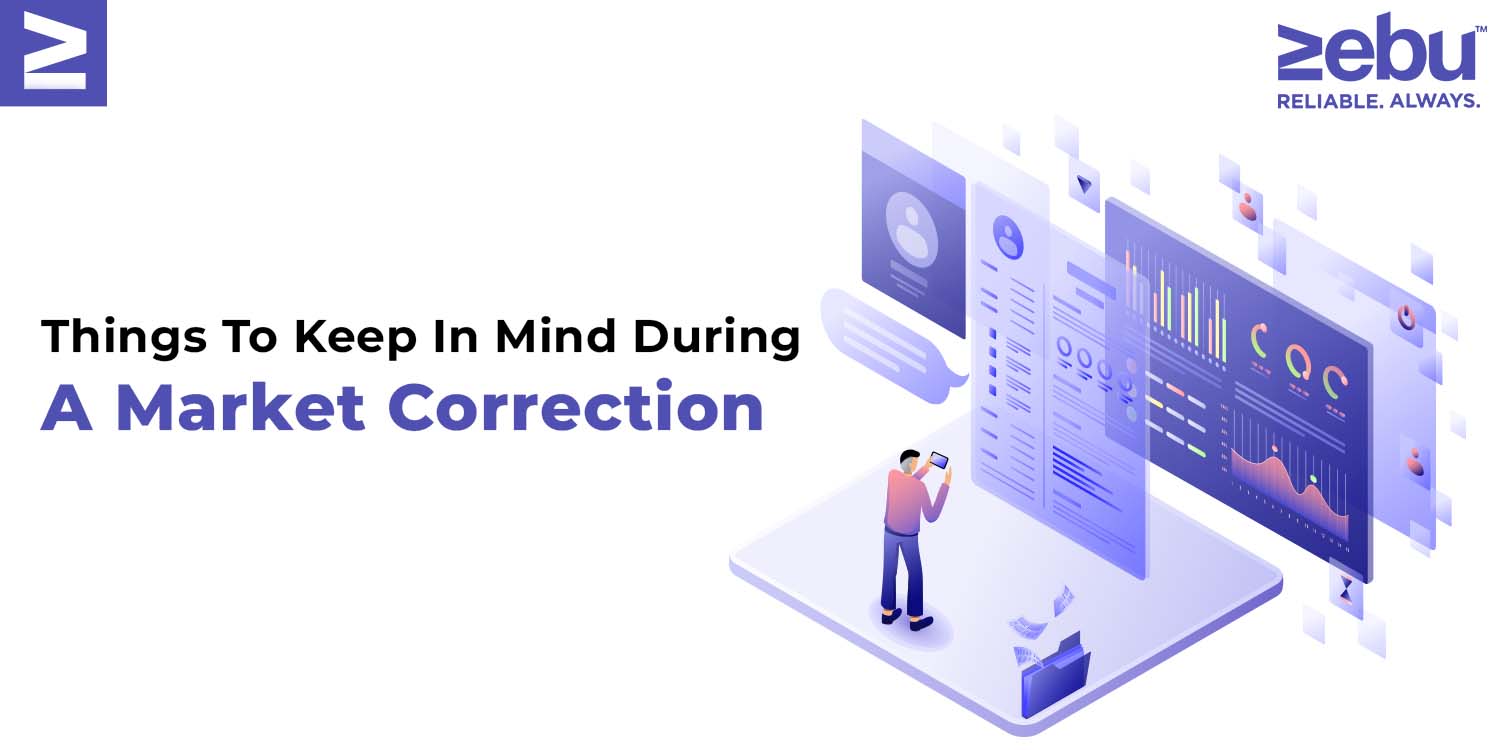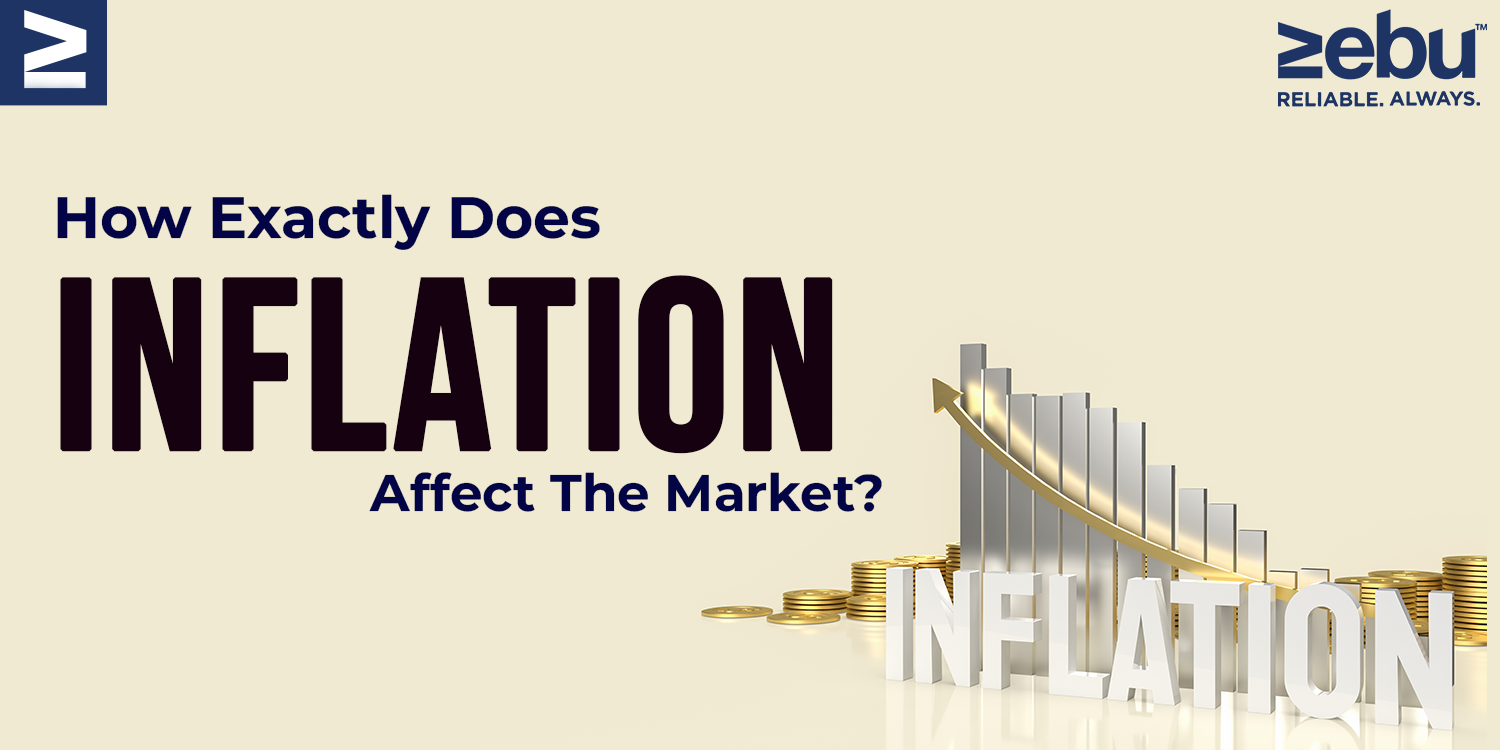
You might know what swing trading is, but might not know where to begin. A good swing trading strategy starts with learning how to find stocks for swing trading. Swing traders carefully choose stocks that have a good chance of doing well in the future. This lets them take a much larger share of the market. How do they do that, though? Let’s look into swing trading’s mysteries.
With swing trading, you can make money from market changes that happen over a few days or weeks. Like day trading, it gives traders the chance to make money when the market moves in their favour. Your strategy for trading will be built on your ability to pick the right stocks. Like day trading, you would also have to choose stocks with high liquidity and the chance of big changes in price and volume. So, let’s talk about how to find stocks that are good for swing trading.
How to Pick Stocks for Swing Trading: The Simple Rules
Swing traders will always swear by a few general rules. Of course, you can make your own plan and put it into action, but having one or two of these is a great place to start.
Market direction
When trading, traders follow a rule that says if a stock’s value is going up in the current market, it will keep going up if the market stays the same.
You can find the best-performing stocks in a number of ways, such as by reading company news, looking for the best stocks on the market, or keeping an eye on stock indices.
Orientation bias
Swing traders look for possible buy or sell signals to find opportunities. They use a mix of basic information and technical analysis to find industries and stocks that do better than indices for a large part of the trading day. They sort through the stocks to find ones that have the right amount of volatility and volume to store their expectations. This process, called “screening stocks,” is made up of the following steps.
Liquidity is a very important metric for swing traders. The number of times a stock trades each day shows how popular it is on the market. How often a stock trades on the exchange tells you how liquid it is. If a stock trades a lot every day, it is considered liquid enough for swing trading. Stocks with a lot of trading show less risk.
Performance is a way to compare how well a stock has done compared to other stocks in the same industry. The goal is to find the best stocks in each sector that have done better than sector indices.
Swing traders look for stocks that trade in the same way over and over again. They think that a pattern that keeps coming up is more reliable. Experienced traders will wait for the stock to break out of its trading range before they decide when to buy or sell. They might make a few small profits while they wait by trading in the direction of the trend.
Some swing traders may like stocks that are less volatile and have a clear uptrend. They stay away from stocks that are prone to big drops and selling for no reason. Instead, they would keep holding on to stocks whose prices didn’t change much and had no gaps in the price line.
Correlation and volatility: Stocks that go against the market trend may look good, but most swing traders will stay away from them. It makes sense to stay away from stocks that aren’t stable and instead focus on those that track key market indices. Look at how a stock has been acting in the past to figure out why it is acting the way it is.
Another important factor is how volatile the market is. Volatility is a way to figure out how much a stock price will change, if the target and stops are reasonable, or if the risk criteria are good enough for the amount of time the trader wants to keep the position open.
Conclusion
After we’ve talked about how to swing trade stocks, it’s important to know that swing trading is riskier than day trading because it involves keeping stocks for a longer time. You need a strong strategy to help you find trade opportunities and possible red flags.
When picking stocks for swing trading, investors should keep in mind that there are other ways to do things besides the ones described in this article. Every trader needs to come up with a plan that works for them.
Whether you swing trade or not, it will help you a lot in the stock market to know how to find stocks to swing trade. You can use this information to make trading plans that will make you money and to learn more about how stock prices move.








